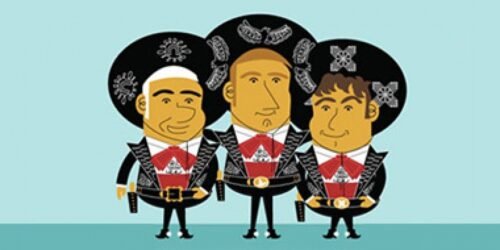A Hero to a story
A hero to a story is like a firefighter who pulls a person out of a burning building and saves the day.
A few years ago, I coached an Agile Video Production team. It was a tight-knit team with specialised skill-sets and collaboration. The team churned through the work and delivered lots of high value contributing delivery to outcomes for the organisation. They served the whole organisation as a service delivery team highly tied to the outcomes.
However, what the team and I noticed that there seemed to be a lack of ownership in story delivery. This meant stories often missed the mark in organising the details and quality for the stories such as;
- Directors for the shoot
- Crew (Camera men’s, sound, lighting, assistant directors, support, make up artist, photographer, etc)
- Logistics (Insurance, car rental, parking spaces, transcription services, etc)
The team would retrospect very regularly not only to our sprint cadences but after production events and shoots. There was a lot of lack of ownership and finger pointing with no real solutions. The idea I came up with was to assign story ‘Hero’s’, to keep within context of the team’s Hollywood theme.
The idea was to have one person on the team serve as ‘lead/hero’ to an individual story this could range from Pre-Production Admin, Pre-Production, Production and Post Production. They didn’t do all of the work but it was to act as the owner of the story to keep consistency and alignment for the team. They acted like a “guide” for the story through execution by working with all the members of the team and the Product Owner and Technical Product Owner. They ensured that the right people were collaborating to ensure the Production was good to go. This included;
- Story Readiness
- Execution of the story to meet the Definition of Done
- Cast/Crew
- Logistics – arrival shoot times, production gear
- Administration – Survey/forms, live captions providers, live stream service provider support, network assistance
Essentially ensuring quality and consistency through delivery and ensuring it met the needs of the Product Owner, Client and Director.
Anyone could and often was a ‘Hero’, graduate student, animator, camera specialist, whoever. We shared the responsibility across team members and it was a voluntary role but a needed role. Usually, Hero’s are identified when we talk about the story in the initial refinement meeting where it was introduced. This may change over time as staffing levels change and accommodating staff leave. The Product Owner and Scrum Master did not take on the role of a ‘Hero’ it was a “team thing”.
While I found this pattern to be super handy and something that made a difference to the team due to the complexity of their work. This might not be too well suited for a software development team.
I’d encourage you to try this idea as an experiment and see how it pans out to help your teams.





